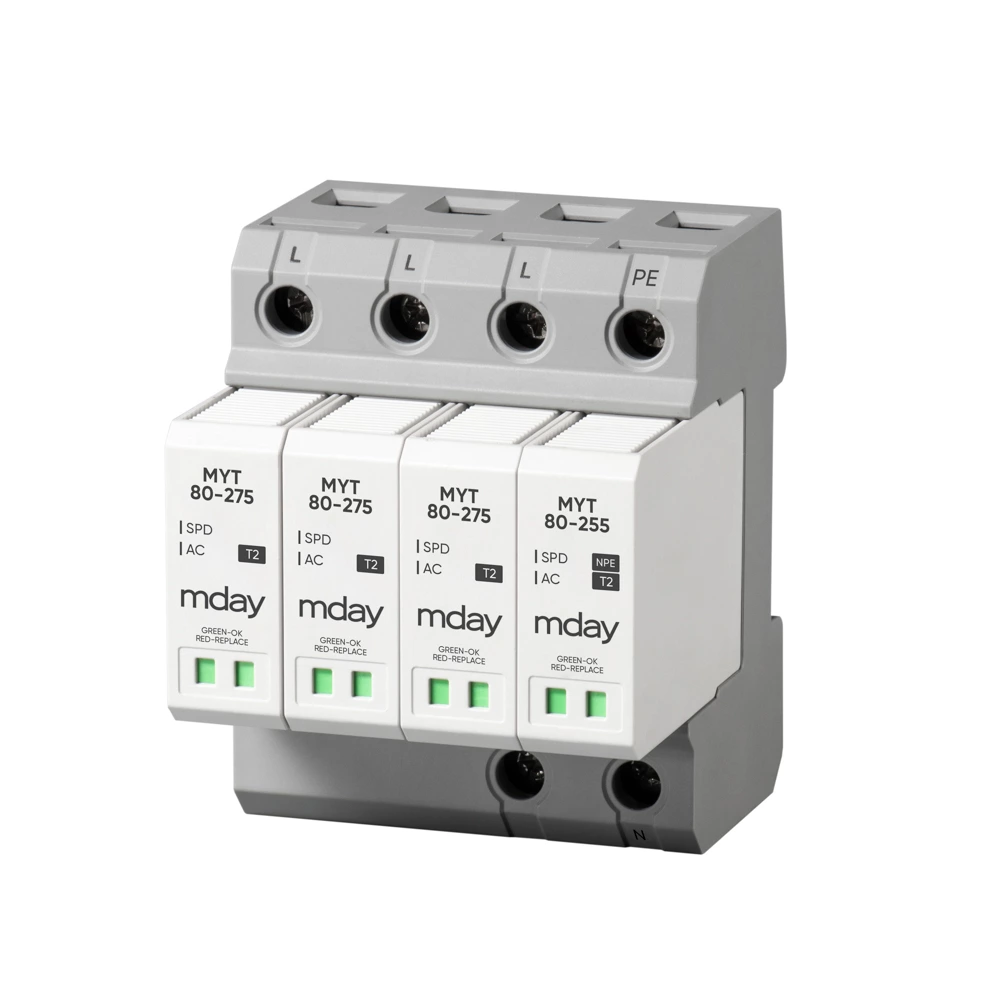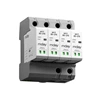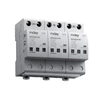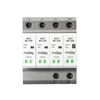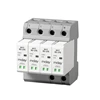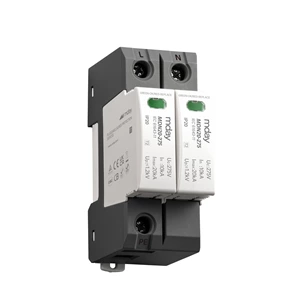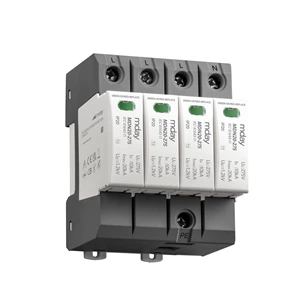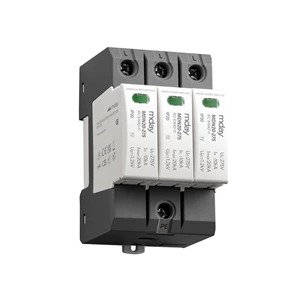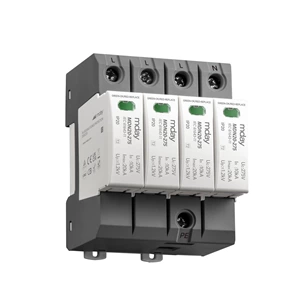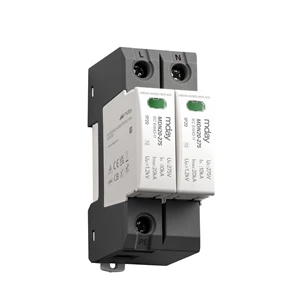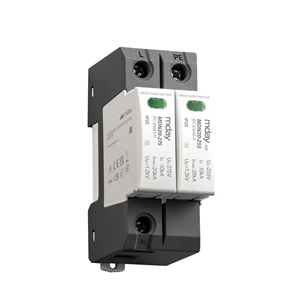Steps To Select A Surge Protector
The selection of surge protectors needs to consider factors such as voltage level, surge current level, port type, environmental conditions, power supply method, and signal transmission method. The selection of a suitable surge protector requires comprehensive consideration based on the specific conditions of the protected equipment. In addition, in order to ensure the effectiveness of the surge protection device, products with reliable quality and stable performance should be selected. Cost factors also need to be considered when selecting, and appropriate comparisons and evaluations should be made. The correct selection of surge protectors can protect equipment from damage caused by overvoltage and surge current, improve the reliability and stability of equipment, and extend the life of equipment. The national standard GB/T 18802.12, Section 6.2, includes the following six steps for the selection of SPD:
I. Selection of surge protective device's Uc.UT.In.Iimp.Imax:
(1) Maximum continuous working voltage Uc: The maximum continuous working voltage Uc of the SPD should be ensured to be greater than the continuous working voltage Ucs of the power system;
(2) The UT value of the SPD should be higher than the temporary overvoltage (TOV) expected to occur on the back protection device due to a fault in the low voltage system
(3) In is related to the protection level Up, and Iimp and Imax are determined by the ability of the installation point to withstand
II. Installation location of the SPD:
(1) Protection distance:
In order to determine the location of the SPD (at the entrance, near the equipment, etc.), it is necessary to know the protection distance, that is, the acceptable distance between the SPD and the protected equipment that the SPD can provide adequate protection. (The SPD should be installed close to the protected equipment).
3. Selection of surge protectors, expected life and failure modes
(1) SPD expected life: mainly depends on the probability of a surge exceeding the maximum discharge capacity of the SPD; the actual life may be shorter or longer than the expected life, depending on the frequency of the actual surge. In specific application situations, the expected life of an SPD with a higher Imax is greater than that of an SPD with a lower Imax, as long as it does not exceed the SPD tolerance limit;
(2) SPD failure mode: the failure mode itself depends on the type of surge and overvoltage. If you want to avoid power supply interference or interruption, it is necessary to equip the SPD with a dedicated backup protector SSD;
4. Coordination between SPD and other equipment:
(1) Under normal conditions, the continuous working current (Ic) shall not cause any personal safety hazards (indirect contact, etc.) or interfere with other equipment. (It is advisable to choose a composite SPD with 0 leakage current, which will make the line safer and the SPD have a longer service life).
(2) Under fault conditions, the SPD needs to be equipped with a dedicated SPD backup protector so as not to interfere with other protective devices, such as RCD, fuses and circuit breakers. If the overcurrent protector is triggered, the system power supply will be interrupted. (It is advisable to select a composite SPD with 0 freewheeling current, which will not cause the front-stage switch to operate and the power supply will continue uninterrupted).
V. Selection of voltage protection level Up:
When selecting the appropriate voltage protection level value of the SPD, the surge tolerance of the protected equipment (or the impact immunity of key equipment) and the nominal voltage of the system should be considered. The lower the voltage protection level value, the better its protection performance; (Under the same parameter conditions, the SPD with a lower Up has a better protection effect).
VI. Selection of coordination between SPD and other SPDs:
Some applications require two or more SPDs to reduce the electrical stress of the protected equipment to an acceptable value (lower Up) and reduce the transient current in the building. According to the energy tolerance values of the two SPDs, in order to obtain acceptable electrical stress distribution, it is necessary to coordinate them (in the same circuit, it is advisable to select a surge protector with automatic energy coordination function to achieve good coordination).
In summary, when choosing a surge protector, we can choose a safe and practical SPD by doing the following.
(1) SPD parameters: SPDs with high UC values, large flow (Imax), and low Up values should be selected;
(2) SPD type: Select a composite SPD with O freewheeling current and O leakage current, which will not cause the main circuit switch to malfunction and the system to not shut down;
(3) SPD function: Select an SPD with automatic energy coordination function. The distance between the two levels does not need to be considered on site, making installation more convenient;
(4) SPD backup protector: Select a dedicated backup protector device SSD, which will not cause a fire in the line when the SPD fails.
